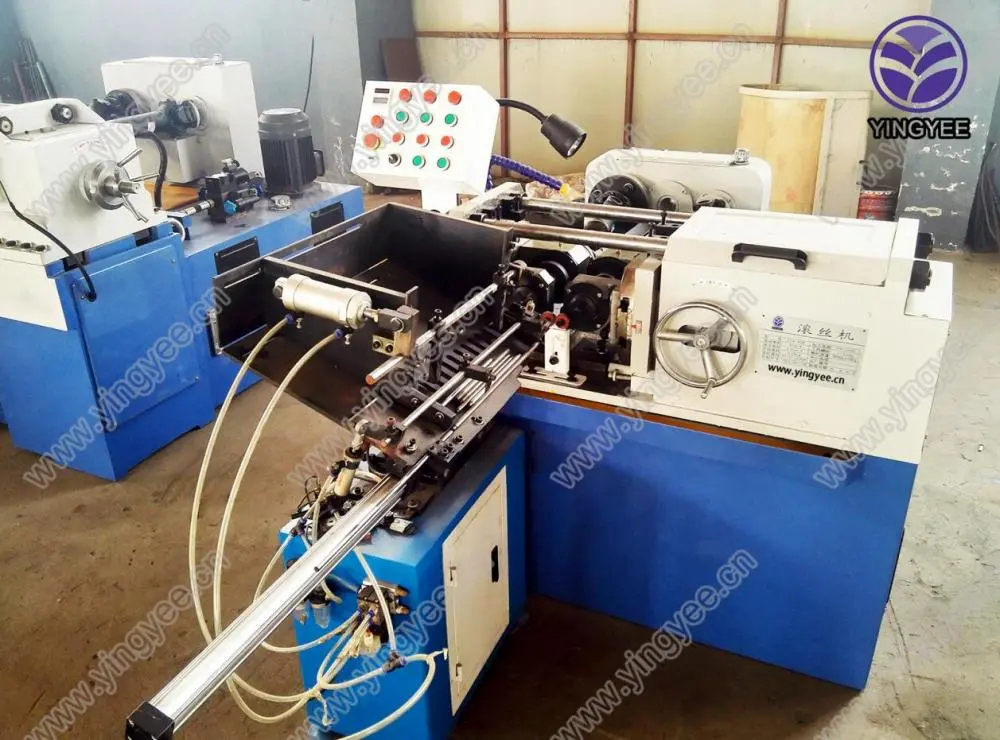
The Suspended Ceiling T Grid Forming Machine Revolutionizing Interior Construction
In the realm of modern interior construction, efficiency and precision are paramount. One of the most significant advancements in this field is the suspended ceiling T grid forming machine. This innovative equipment has transformed how interiors are designed and constructed, offering a range of benefits that facilitate quick, cost-effective, and high-quality ceiling installations.
Understanding Suspended Ceilings
Suspended ceilings, also known as drop ceilings or false ceilings, are a secondary ceiling that hangs below the main structural ceiling. They are widely used in commercial and residential buildings for various reasons aesthetic appeal, acoustic control, thermal insulation, and utility access. The T grid system forms the backbone of these ceilings, providing support for tiles and other materials, ensuring a neatly finished appearance.
The Role of T Grid Forming Machines
A T grid forming machine is specifically designed to produce the T-shaped metal grids used in suspended ceilings. These machines roll-form metallic strips into the precise cross-sectional shape needed for T grids, ensuring uniformity and structural integrity. The production process involves feeding metal sheets into the machine, which then shapes them through a series of rollers.
The automation of this process has dramatically increased efficiency. Traditional methods of constructing T grids are labor-intensive and time-consuming. The introduction of automated forming machines allows for rapid production, enabling contractors to meet tight deadlines without compromising on quality.
Key Features and Benefits

1. High Precision and Customization The T grid forming machine operates with exceptional precision, ensuring that every piece of grid is consistent in dimensions. This level of accuracy is crucial because even slight variations can lead to installation issues and compromised aesthetics. Furthermore, many machines can be customized to produce different sizes or types of T grids, accommodating various design requirements.
2. Enhanced Production Speed One of the primary advantages of using a T grid forming machine is the speed at which grids can be produced. In an era where project timelines are often stringent, being able to produce large quantities of grid systems in a short amount of time can give contractors a significant edge in the competitive construction market.
3. Cost-Effectiveness Although the initial investment in a T grid forming machine may be substantial, the long-term savings are considerable. The automation of the production process reduces labor costs and minimizes waste material, ultimately lowering overall project expenses. Moreover, the reliability and durability of machine-formed products can lead to fewer maintenance costs in the future.
4. Versatility The versatility of T grid forming machines allows them to produce grids for various applications. Whether it’s for an office building, retail space, or educational institution, these machines can adapt to different design needs, making them a valuable asset for any construction firm.
5. Environmental Impact In today's eco-conscious world, using machines that optimize material usage while minimizing waste aligns with sustainable practices. Many modern T grid forming machines are designed to use recyclable materials, thereby further reducing their environmental footprint.
Conclusion
The suspended ceiling T grid forming machine is a pivotal element in modern construction practices, providing an efficient solution for producing high-quality ceiling support systems. Its contribution to speed, accuracy, and cost-effectiveness allows contractors to enhance their operations significantly. As the demand for suspended ceilings continues to rise, investing in such advanced machinery is becoming increasingly essential to stay competitive.
In summary, the T grid forming machine does not just streamline production processes; it lays the foundation for innovative interior designs, enabling architects and designers to realize their visions with greater ease than ever before. Adopting this technology is a step towards a more efficient and sustainable future in construction.